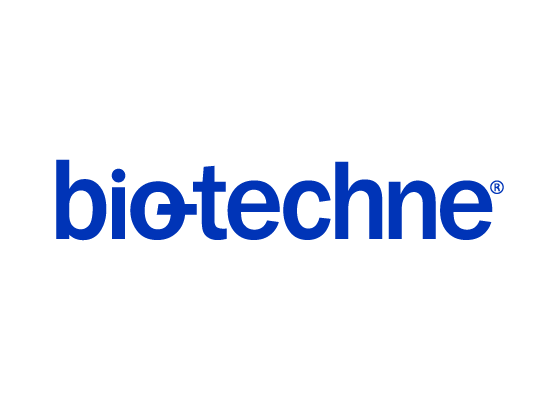Porcine CD31/PECAM-1 Antibody
R&D Systems, part of Bio-Techne | Catalog # AF3387

Key Product Details
Species Reactivity
Validated:
Cited:
Applications
Validated:
Cited:
Label
Antibody Source
Product Specifications
Immunogen
Gln28-Lys602
Accession # Q95242
Specificity
Clonality
Host
Isotype
Applications for Porcine CD31/PECAM-1 Antibody
Western Blot
Sample: Recombinant Porcine CD31/PECAM-1 (Catalog # 3387-PC)
Reviewed Applications
Read 1 review rated 5 using AF3387 in the following applications:
Formulation, Preparation, and Storage
Purification
Reconstitution
Formulation
Shipping
Stability & Storage
- 12 months from date of receipt, -20 to -70 °C as supplied.
- 1 month, 2 to 8 °C under sterile conditions after reconstitution.
- 6 months, -20 to -70 °C under sterile conditions after reconstitution.
Background: CD31/PECAM-1
CD31, also known as PECAM-1 (platelet-endothelial cell adhesion molecule-1), is a 130 kDa type I transmembrane glycoprotein adhesion molecule in the immunoglobulin superfamily (1, 2). Expression is restricted to the vascular system, especially endothelial cells, platelets, monocytes, neutrophils and lymphocyte subsets. CD31 is concentrated at cell-cell junctions and is required for transendothelial migration (TEM) (1‑3). The extracellular domain (ECD) of CD31 has ten potential N-glycosylation sites and six C2-type Ig-like domains, the first of which is critical for adhesion and extravasation (3, 4). The cytoplasmic domain contains immunoregulatory tyrosine-based inhibitory and switch motifs (ITIM, ITSM) that mediate both inhibition and activation via phosphotyrosine-mediated engagement of SH2-containing signaling molecules (1, 5). Metalloproteinase-mediated ectodomain shedding occurs during apoptosis (6) but increased serum CD31 ectodomain in HIV and active multiple sclerosis occurs independent of apoptosis (7, 8). In humans, expression of six isoforms with exon deletions in the cytoplasmic domain is tissue‑ and stage-specific, but full-length CD31 is predominant. A form lacking the ITSM predominates in mouse (9). Porcine CD31 ECD shows 74%, 73%, 70%, 63% and 62% amino acid (aa) identity with bovine, canine, human, mouse and rat CD31, respectively. CD31 participates with other adhesion molecules for most functions but is the critical molecule for TEM. Homotypic CD31 adhesion in trans combined with cycling of CD31 to and from surface-connected endothelial cell vesicles leads leukocytes across endothelial tight junctions (3, 10). Homotypic adhesion and signaling functions also strongly suppress mitochondria-dependent apoptosis (11). In platelets, PECAM-1 is necessary for limiting thrombus formation (12) and promoting integrin-mediated clot retraction and platelet spreading (13), but mechanisms for these phenomena are unclear. CD31-/- mice are deficient in chemokine-mediated chemotaxis (14).
References
- Ilan, N. and J.A. Madri (2003) Curr Opin. Cell Biol. 15:515.
- Nasu, K. et al. (1999) Transplantation 68:861.
- Liao, F. et al. (1997) J. Exp. Med. 185:1349.
- Nakada, M.T. et al. (2000) J. Immunol. 164:452.
- Chemnitz, J.M. et al. (2004) J. Immunol. 173:945.
- Ilan, N. et al. (2001) FASEB J. 15:362.
- Eugenin, E.A. et al. (2006)J. Leukoc. Biol. 79:444.
- Losy, J. et al. (1999) 99:169.
- Wang, Y. et al. (2003) Am. J. Physiol. Heart Circ. Physiol. 284:H1008.
- Mamdouh, Z. et al. (2003) Nature 421:748.
- Gao, C. et al. (2003) Blood 102:169.
- Falati, S. et al. (2006) Blood 107:535.
- Wee, J. L. and D.E. Jackson (2005) Blood 106:3816.
- Wu, Y. et al. (2005) J. Immunol. 175:3484.
Long Name
Alternate Names
Gene Symbol
UniProt
Additional CD31/PECAM-1 Products
Product Documents for Porcine CD31/PECAM-1 Antibody
Product Specific Notices for Porcine CD31/PECAM-1 Antibody
For research use only
